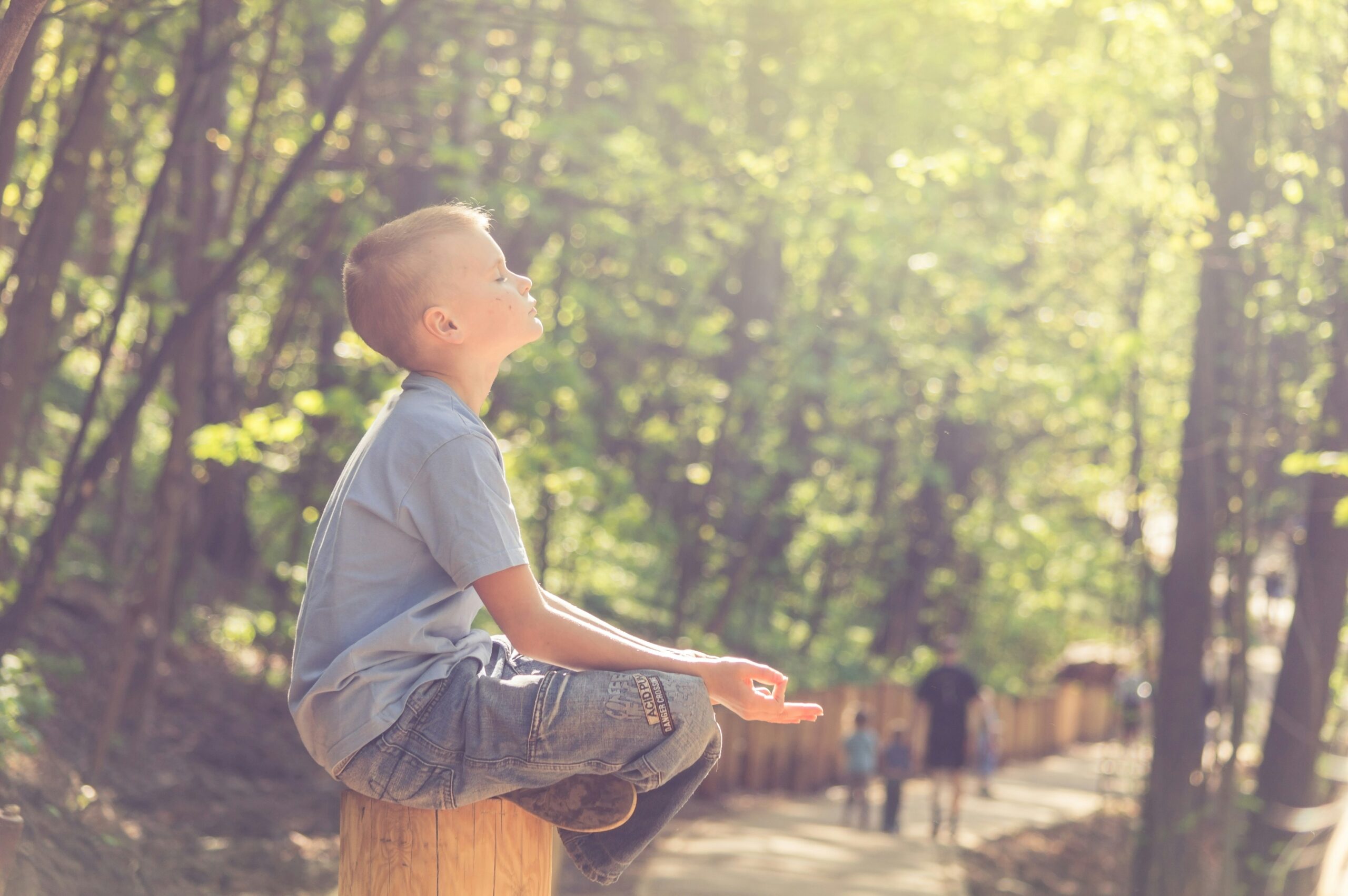Breathing is the most powerful way to bring the body back to calm during anxiety and big feelings – but so many kids hate it!
I often go into schools to talk to young people about anxiety and big feelings. When I do, I always ask, ‘Who’s tried breathing through big feels and thinks it’s a load of rubbish?’ Most of them put their hand up. I put my hand up too, ‘Me too!’ I tell them, ‘I used to think the same as you. But now I know why it didn’t work and what I needed to do to give myself this powerful tool (and it’s so powerful!) that can calm anxiety, anger – all big feelings.’
2 reasons kids hate breathing through anxiety and big feels.
Kids will often find it difficult to engage with the idea of breathing through anxiety or big feelings. There are two reasons for this, and when we understand this, we turn it around.
- They’ve tried it, but not properly. Now the brain associates it with ‘threat’.
THE FIX: Let them know that during big feelings, the amygdala (the ’anxiety’ part of the brain) can only do things it’s good at. This might sound something like,
‘Strong, steady breathing is the most powerful way to calm an anxious brain – but the last thing the brain wants to do when it’s in protective mode is to take time out to relax. It will also be tricky for the brain to get the body strong steady breathing if it isn’t used to it. During anxiety, the brain is too busy to try new or unfamiliar things.
The good news is that all brains love to learn. Even the most anxious brains (which are strong, powerful, beautiful, protective brains) can learn to breathe their way back to calm during anxiety. The key is to make calm breathing familiar. You can do this by doing a few minutes of strong, steady breathing each day. Try it before bed, in the car on the way to school – any time. This will build strong ‘calm breathing’ pathways in the brain, making calm breathing easier during anxiety.
Get ‘good’ at strong breathing by practising lots when you’re calm. Try breathing in for 3, then slowly out for 5 through pursed lips, or ‘figure 8 breathing‘.
2. The ‘‘why’ isn’t clear.
THE FIX: Explain the science. Young people are hungry for the science, and they deserve the information that will make this all make sense. Let them know that breathing is the most powerful way to calm an upset amygdala, but only if you’ve practised lots when you’re calm.
Remember, all powertools need a little instruction and practice to use them well. Breathing is no different. Even though we’ve been breathing since we were born, we haven’t been strong breathing through anxiety and big feelings.


![It’s the simple things that are everything. We know play, conversation, micro-connections, predictability, and having a responsive reliable relationship with at least one loving adult, can make the most profound difference in buffering and absorbing the sharp edges of the world. Not all children will get this at home. Many are receiving it from childcare or school. It all matters - so much.
But simple isn’t always easy.
Even for children from safe, loving, homes with engaged, loving parent/s there is so much now that can swallow our kids whole if we let it - the unsafe corners of the internet; screen time that intrudes on play, connection, stillness, sleep, and joy; social media that force feeds unsafe ideas of ‘normal’, and algorithms that hijack the way they see the world.
They don’t need us to be perfect. They just need us to be enough. Enough to balance what they’re getting fed when they aren’t with us. Enough talking to them, playing with them, laughing with them, noticing them, enjoying them, loving and leading them. Not all the time. Just enough of the time.
But first, we might have to actively protect the time when screens, social media, and the internet are out of their reach. Sometimes we’ll need to do this even when they fight hard against it.
We don’t need them to agree with us. We just need to hear their anger or upset when we change what they’ve become used to. ‘I know you don’t want this and I know you’re angry at me for reducing your screen time. And it’s happening. You can be annoyed, and we’re still [putting phones and iPads in the basket from 5pm] (or whatever your new rules are).’♥️](https://www.heysigmund.com/wp-content/plugins/instagram-feed-pro/img/placeholder.png)
We have been practicing this with my five year old daughter. She has caught on very well when I have told her in advance that we breathe together, that it helps. It really helps and she breaths, we breath together.
I work with the parents of children and teens who have autism. I often find that, alongside having reduced body awareness and challenges with concepts, the child or teen finds breath control a struggle. We try breathing alongside them to model and try to transfer how, lying down and watching their tummy rise (perhaps with a soft toy on it), but that often doesn’t help (and parents probably give up too soon).
Do you have some other strategies to help children slow and deepen their breathing?